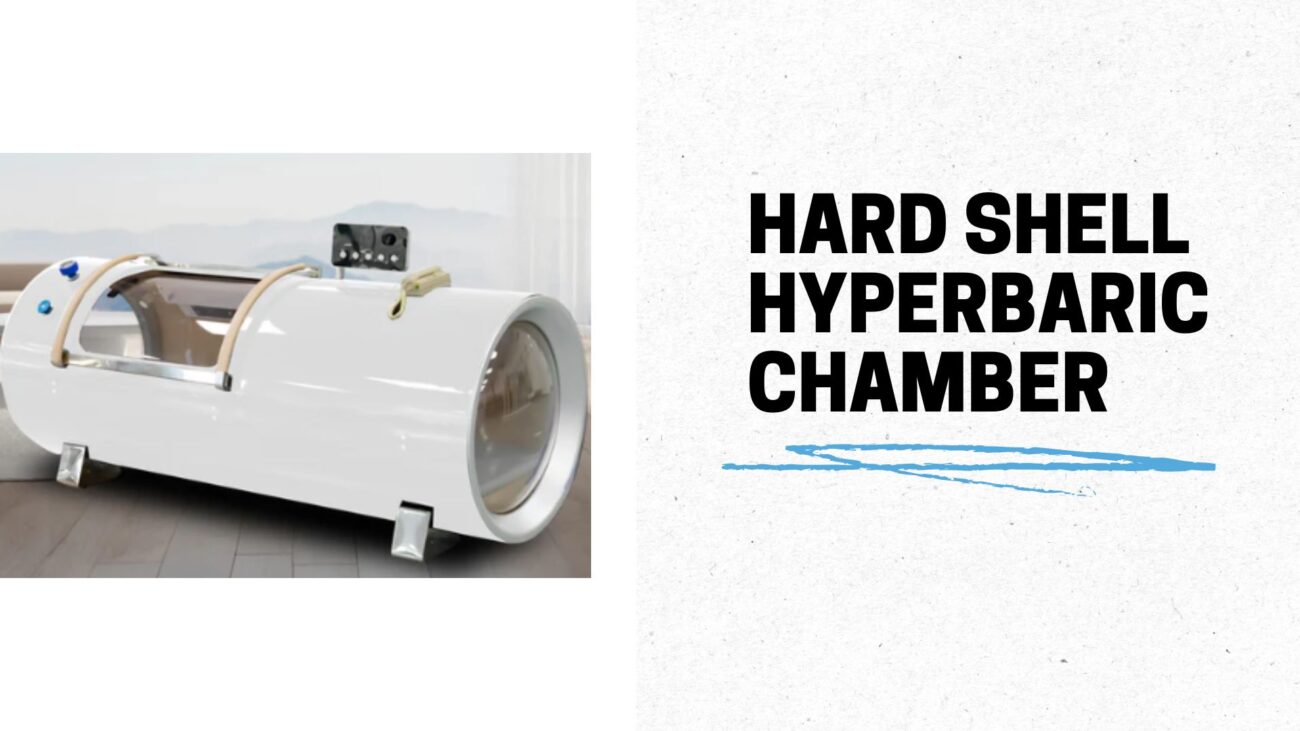Not long ago, people would have considered entering a pressurized capsule to heal wounds or fight infections a scene from science fiction. Yet today, with modern hospitals and clinics, a hard shell hyperbaric chamber is used to treat a surprising variety of conditions.
Why Oxygen under Pressure Works
Think about what happens when you cut your finger. The body immediately sends extra blood and oxygen to help repair the damage. But what if your circulation isn’t great, or your tissues are too damaged to get what they need on their own? That’s where hyperbaric oxygen therapy steps in. Breathing pure oxygen in a pressure-controlled chamber doesn’t just add a little boost-it floods the bloodstream with oxygen, so even areas with poor circulation get what they’re missing.
A hyperbaric hard shell chamber has the strength to handle higher pressures safely, which is crucial if doctors want to run treatments effectively. Patients often describe the sensation as their ears popping, like when flying, but otherwise, the experience is calm and non-invasive.
Conditions That Benefit Most
It’s easy to assume these chambers are only for divers, but the list of uses is growing steadily. Doctors regularly turn to this therapy for:
- Severe burns or crush injuries
- Non-healing wounds, especially in diabetic patients
- Carbon monoxide poisoning
- Radiation-damaged tissues
Even athletes recovering from muscle injuries have used sessions to speed up healing. The key is oxygen-pure and abundant-reaching parts of the body that otherwise struggle to recover.
Hospitals Adapting to the Trend
Walk into a modern rehabilitation wing, and you may find a chamber hard shell hyperbaric unit tucked away alongside wound-care equipment. Unlike the soft or portable versions often used outside medical settings, these heavy-duty units are built to be both durable and versatile. Some are designed for individual patients; others are large enough to treat several people at once.
Hospitals tend to use them in two big ways. One is emergency response-say, after smoke inhalation. The other is long-term recovery support, where patients return for multiple sessions spread over weeks. In both cases, doctors appreciate that the chambers provide a controlled, reliable environment.
The Practical Benefits
Why put a patient in such a chamber instead of relying solely on medication or surgery? The list of practical advantages is hard to ignore:
- Better blood flow to damaged tissues
- Faster healing times, lowering hospital stays
- Reduction in swelling and pain
- Strengthening of the body’s natural defense systems
Simply put, a hyperbaric chamber hard shell option often means the difference between a slow, frustrating recovery and one that feels noticeably quicker.
Research Leading the Way
What’s especially interesting is that the story doesn’t end with wounds and emergencies. Researchers are investigating whether this approach may aid stroke recovery, traumatic brain injuries, and even age-related cognitive decline. Some early findings suggest patients who had “plateaued” in their rehabilitation regained progress after undergoing sessions.
The secure build of a hard shell hyperbaric chamber makes it practical to experiment with these newer uses while keeping safety as the top priority.
Healthcare’s Changing Landscape
Medicine today isn’t always about flashy new inventions. Sometimes it’s about rediscovering the potential of old ideas and refining them. Oxygen therapy has been around for decades, but packaging it into a safe, durable, high-pressure chamber has made it relevant again. By reducing the need for invasive procedures and shortening hospital stays, these hard shell hyperbaric chambers support healthcare systems under constant pressure to do more with less.
The Takeaway
- Simple in concept but powerful in practice-oxygen plus pressure equals faster healing.
- Hospitals use chambers in both emergencies and routine care.
- Research is uncovering new possibilities for neurological and long-term conditions.
In many ways, the hyperbaric chamber with hard shell reminds us of something easy to forget: healing doesn’t always need to be dramatic. Sometimes, creating the right environment for the body is enough to let nature do its work.
